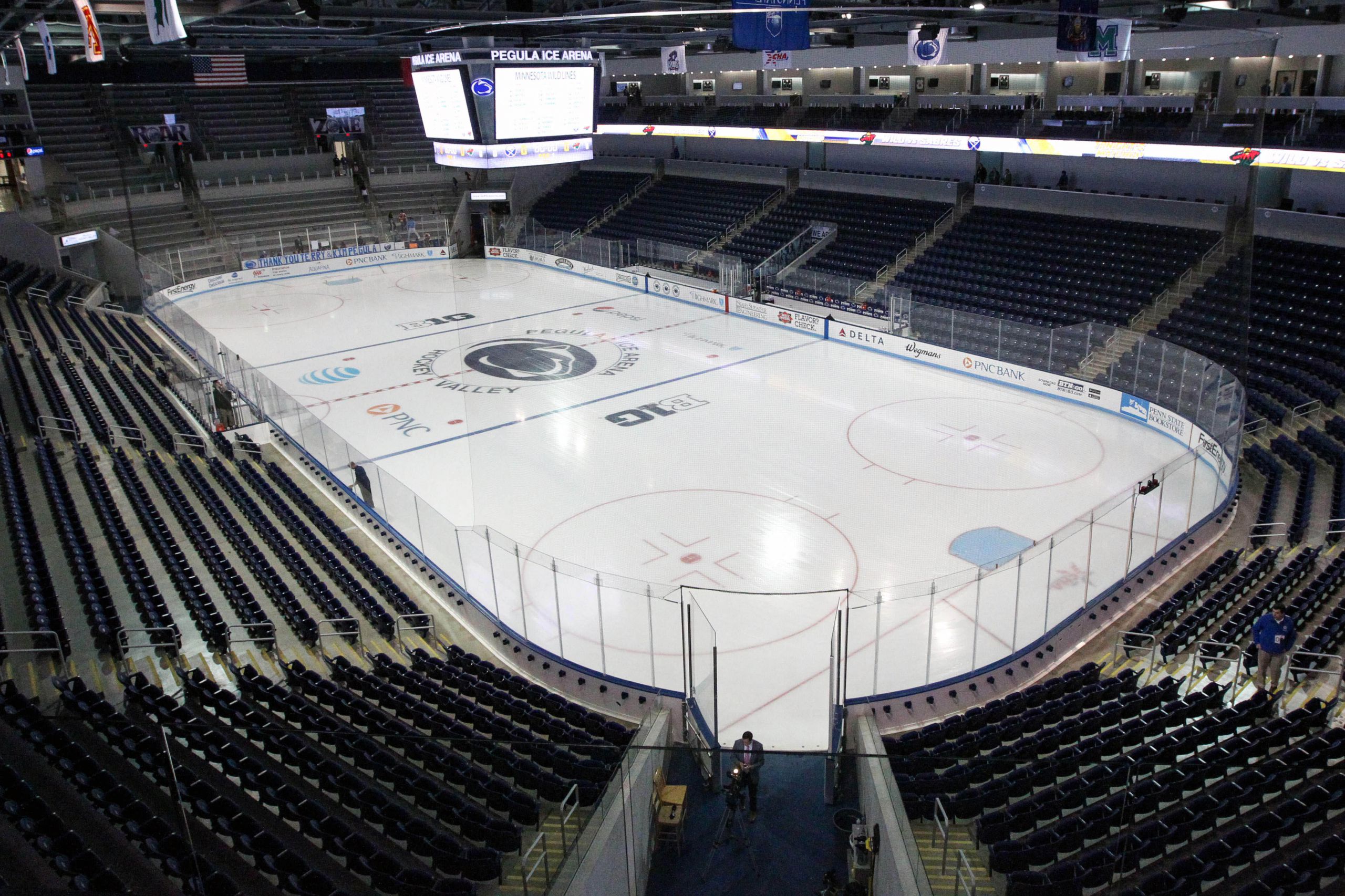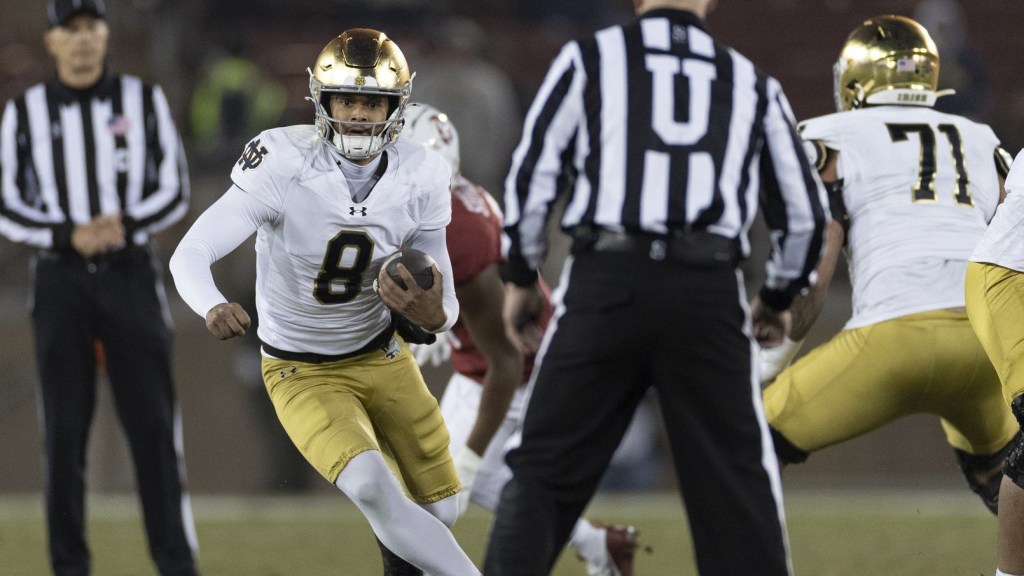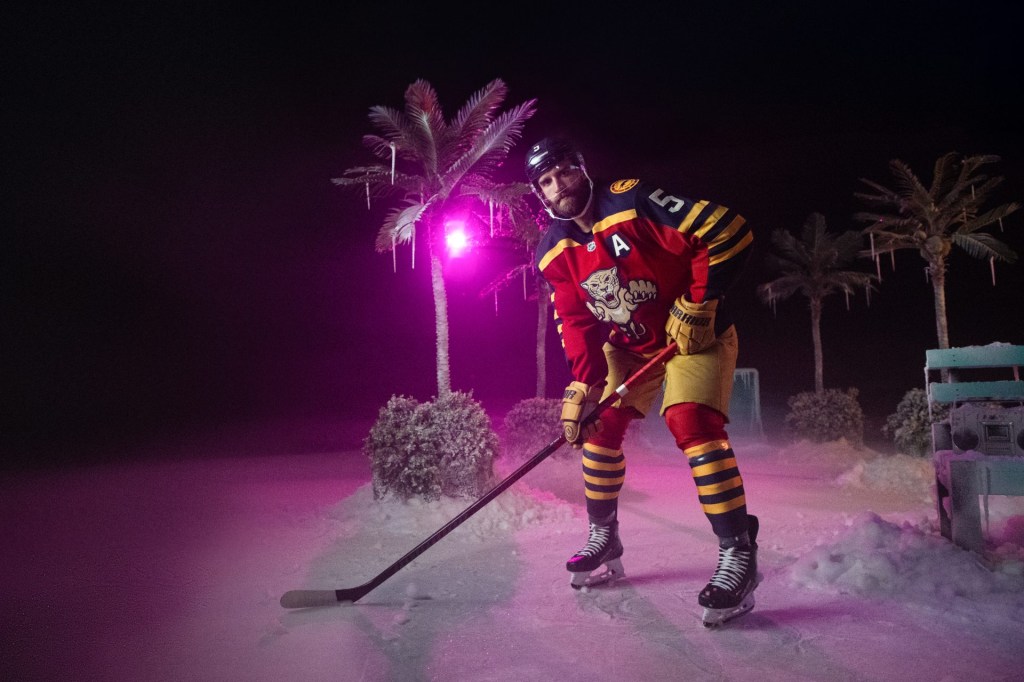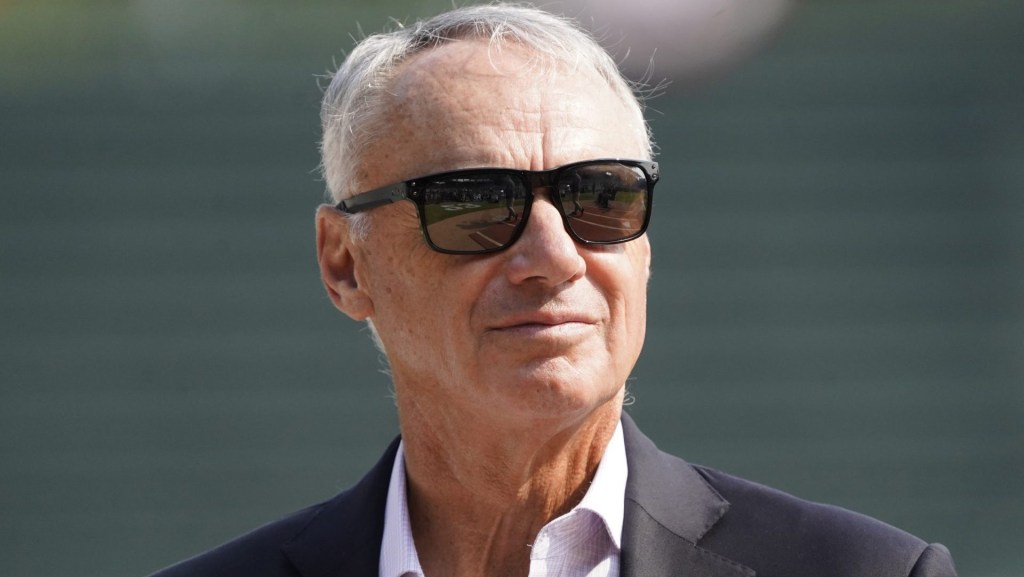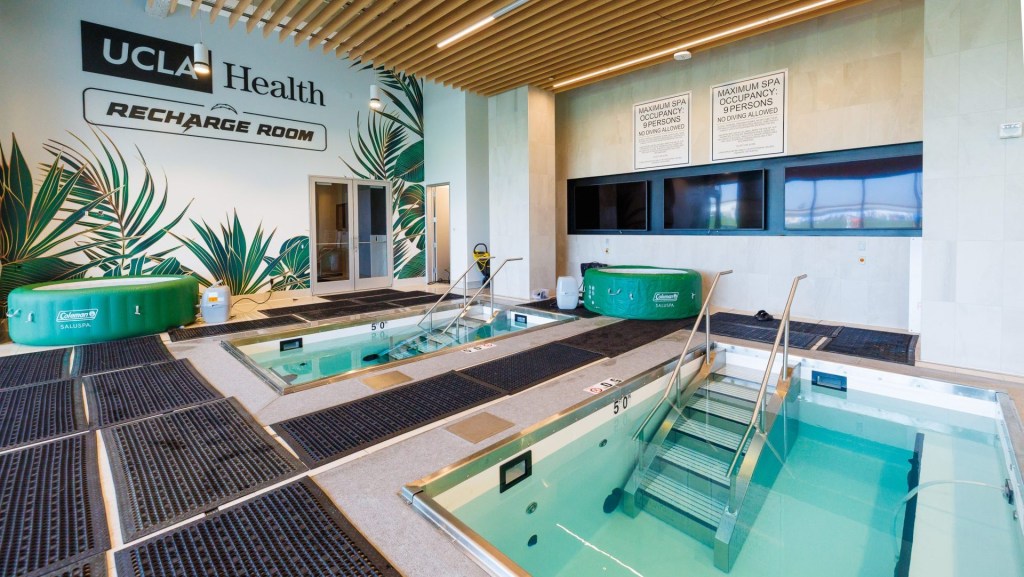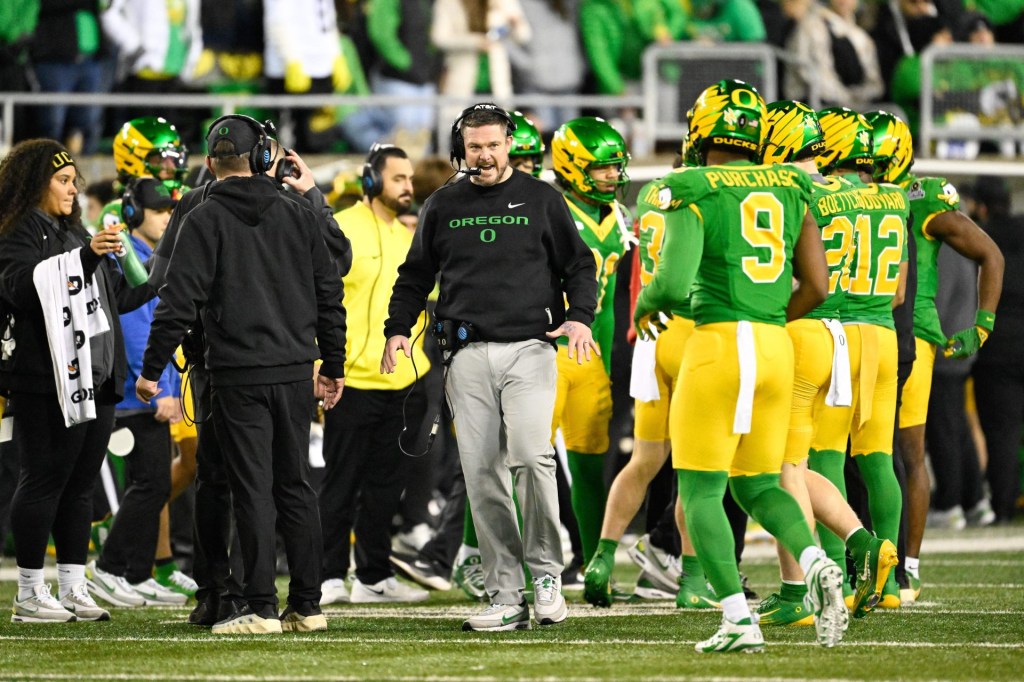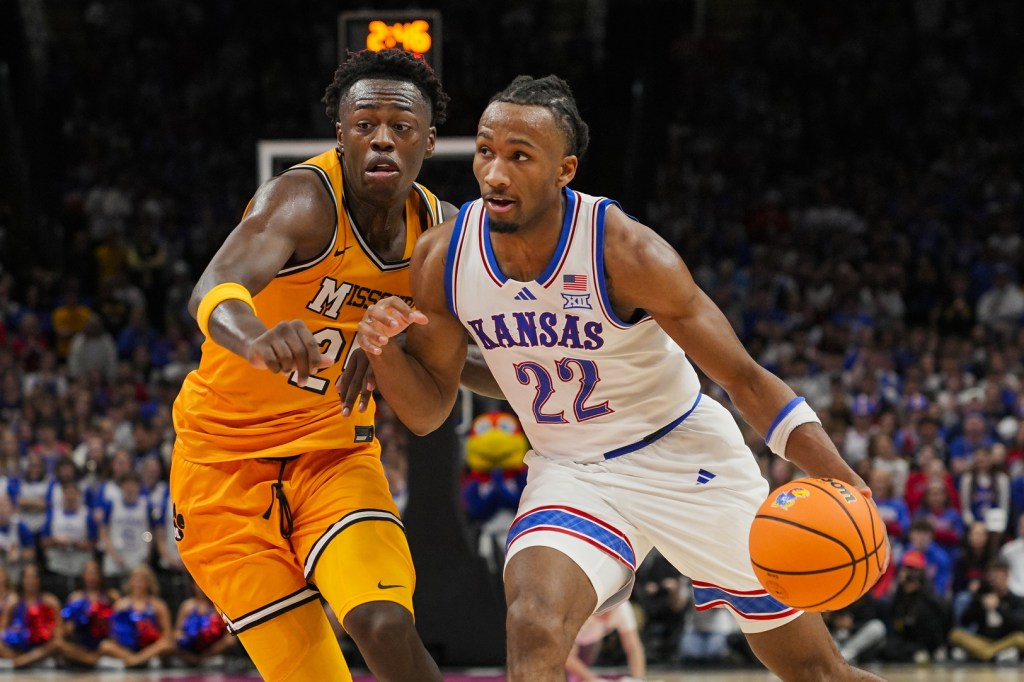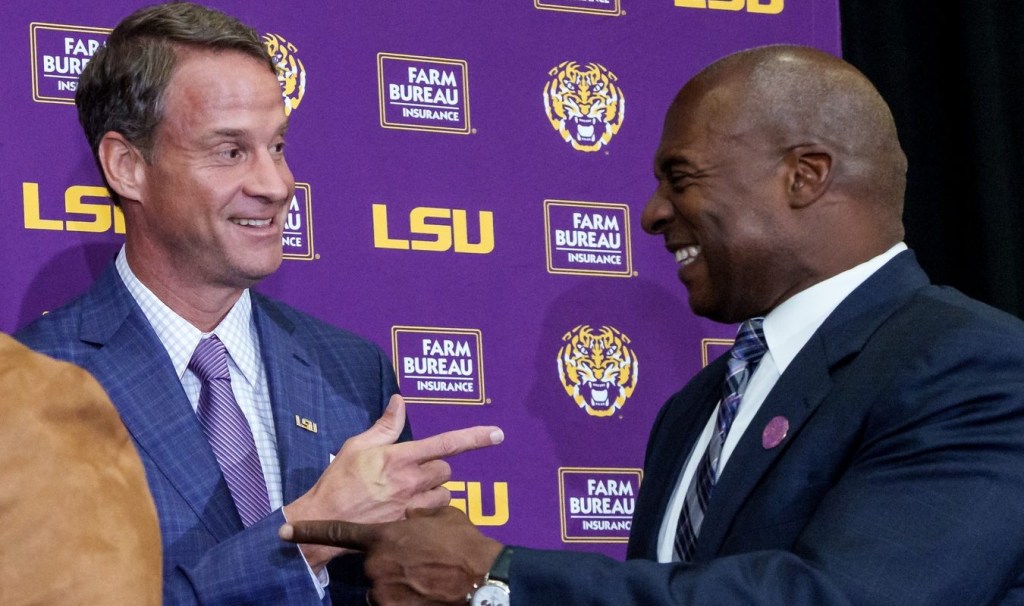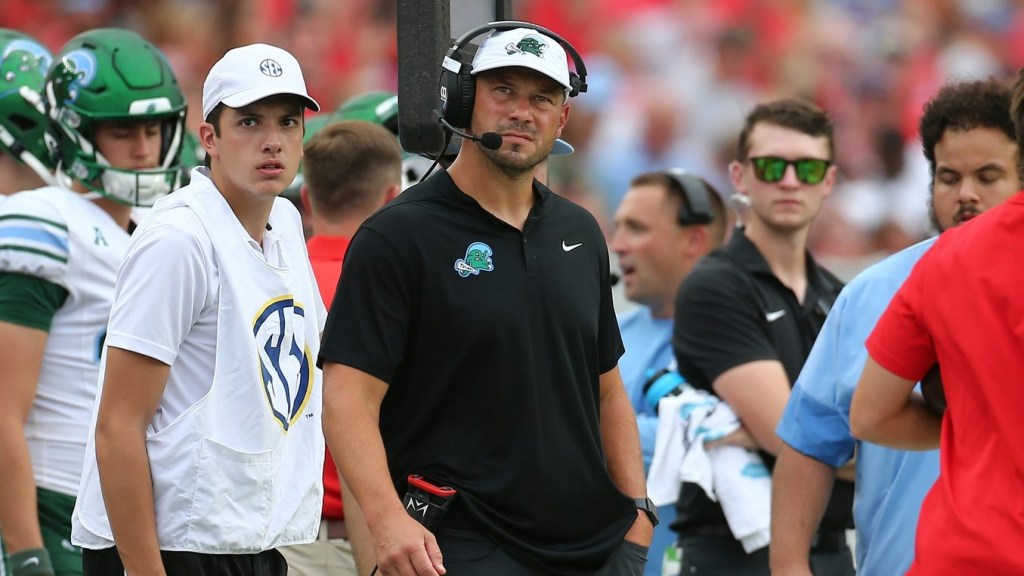In the last quarter of a century, the total number of hockey players in the U.S. has grown 232%, but only a handful of college hockey programs have either been created or boosted to DI status in the same span. The result is a bottleneck at the top of the college game, which has more talent than ever seeking out a relatively few number of roster spots.
Enter: College Hockey Inc. Created and funded by USA Hockey with additional financial support from the NHL and NHL Players’ Association, the three-person run non-profit, which celebrated a decade of doing business last fall, takes a two-pronged approach to growing the game at the college level by creating educational campaigns and supporting feasibility studies.
And it’s getting results. College Hockey Inc. began work on the feasibility of new varsity hockey programs with Penn State, eight years ago, and Arizona State four years later. The Nittany Lions are now the ninth-ranked team in the country, and the Sun Devils are 14th. The consulting group has since conducted seven studies – the most recent and involved of which, at the University of Illinois, they hope to see come to fruition soon.
The educational initiatives aim to help keep young players eligible at the collegiate level by explaining the nuances between Canadian leagues, the NHL, NCAA hockey and junior leagues. The average freshman joining a college hockey team is 19.8 years old, with the path to the collegiate circuit less straightforward than most other college sports.
Only the very top players will make the jump directly from high school to an NCAA team. The rest will spend a year or two in junior hockey first. Increasing awareness about those complexities will hopefully keep more players eligible to participate at the college level.
College Hockey Inc.’s secondary, yet increasingly significant, business is in funding and spearheading feasibility studies in partnership with the NHL and NHLPA. The studies are conducted at colleges considering adding hockey to their athletics departments in major conferences and key growth markets, areas that both the youth and professional governing bodies are eager to see an increase in collegiate opportunities.
“The hope is that adding a new program is an opportunity for youth participants and another entry point to becoming a hockey fan or a player,” Nate Ewell, deputy executive director of College Hockey Inc., said. “Arizona State is a great example: They’re a massive school with half a million alumni. Now you have half a million people who have a reason to watch a hockey game that maybe didn’t before and now they have a rooting interest in their team doing well. And you have a place for kids in Arizona to grow up wanting to play.”
The non-profit is in the process of formalizing the assessment process and creating a formula to qualitatively analyze opportunities to make the consideration a lighter lift for interested schools. All parties believe that growing the college game will help grow the sport more broadly – but expanding opportunities at the NCAA level has also become somewhat of a necessity due to the explosive growth at the youth level.
When hockey participation in the U.S. broke the half-million marker in 2017, 250 NCAA Division I men’s players participating that same year hailed from states without their own collegiate hockey team.
READ MORE: College Football’s Crowded All-Star Landscape Endures
“I think certainly the growth we’re seeing has necessitated more opportunities and more spots for kids to play at elite levels,” Kevin Westgarth, NHL vice president, hockey development and strategic collaboration and former NHL and college hockey player, said. “You look 50 years ago and there was one NHL player in Red Berenson who was collegiately trained. Then when it became a legitimate path to the NHL for all these new kids playing the game, college became a great way to get your education and continue to develop as a hockey player for a critical mass of players.”
The growth of the youth game has come, at least in part, from the NHL’s expansion into less traditional hockey hotbeds throughout the United States like Tampa, Miami, Nashville, Las Vegas and soon to be Seattle.
“It’s exploded in terms of the number of players, especially from nontraditional areas, like California and Texas and Florida and Illinois, which was largely spurred by the Blackhawks’ recent success and got us thinking about the lack of a DI hockey landscape there,” Ewell explained. “We haven’t kept the pace as a college sport so there aren’t as many opportunities at a high level for all of these young players coming into the game to play or for potential future pros.”
The NHL, meanwhile, is benefitting from the greater concentration of talent trained at the collegiate level.
NCAA alumni in the NHL have grown 55% over the last 15 years, with a record number of 327 former college hockey players making NHL rosters in 2018-19 who accounted for 33% of all players in the league. 1 of 3 players taking NHL ice were developed in the collegiate hockey ranks and 49 of 60 NCAA schools with a Division I team had an alum playing in the league last season, yet those 60 schools make up just over 17% of Division I college institutions.
By comparison, there are 351 men’s Division I college basketball teams.
“College hockey has a ton of potential itself in growing but obviously we also want to leverage the place collegiate sports plays in the USA and the passion people have for where they went to school and collegiate athletics,” Westgarth said. “There are only 60 Division I college hockey programs, so I think in the NHL we certainly see the value in this expansion effort for players who could end up in our league to come up through the college hockey ranks.”
Westgarth adds that building new programs brings more than additional avenues to the professional space or role models for future players. It also brings new facilities for local and youth teams.
Penn State, the pilot project for the sort of feasibility studies College Hockey Inc. is now perfecting, saw just that and more. The program’s arena has also hosted a handful of NHL preseason games.
“We feel like we’re part of a broader strategy related to the growth of the sport of hockey in central Pennsylvania and nationwide, not just on our campus,” Michael Cross, Penn State’s assistant athletic director for new business development, said. “We’ve got an incredible youth operation here with tons of boys and girls who are playing hockey in our community rink [which] is our second sheet of ice here. We’ve grown in incredible ways as a program, but also in allowing the game of hockey to flourish throughout Pennsylvania.”
The two biggest obstacles to adding a program, however, are facilities and financing. Penn State had an $88 million donation from the Pegula family, owners of both the NHL’s Buffalo Sabres and NFL’s Bills, to overcome both. An acute awareness of those challenges was part of what prompted USA Hockey to create College Hockey Inc. in the first place and contributes to its continued support of the group’s efforts.
READ MORE: Meet ‘Hell’s Trainer,’ The Man Challenging All of Amateur Basketball
“Ultimately our job at USA Hockey is to produce more players,” Pat Kelleher, executive director of USA Hockey, said. “And that means, frankly, more Americans playing college hockey. We continue to grow the sport from the grassroots level so the college level, we believe, is the last point in our American development model before professional hockey. The collegiate level provides great experience and can prepare players to be successful professional hockey players so the whole sport benefits.”
The hope is that more institutions will see the same potential that USA Hockey and the NHL see in the sport and that College Hockey Inc. can help those turn into actual programs which provide new facilities, more opportunities for players and potential prospects – from hockey and educational perspectives – and, ultimately, more fans.
“Certainly it’d be amazing to have Pac-12 hockey or SEC hockey or ACC hockey,” Westgarth said. “We want hockey to expand into those new areas and create more fans for our sport. I think traditionally hockey has some more challenges than some of the other major sports in offering exposure and education and access to our game. I think this goes a long way in solving those problems.”
The way to make new college hockey programs successful, Penn State says, is in prioritizing the process and school pride.
“Focusing on the process of providing an incredible fan experience at games, from the best training to the best coaching to the best young men for the best results, and focusing on the things you believe make your program unique, those are the growth aspects,” Cross said. “Maintaining those and nurturing those [and] building that culture is how we grow the game at the college level here.”
